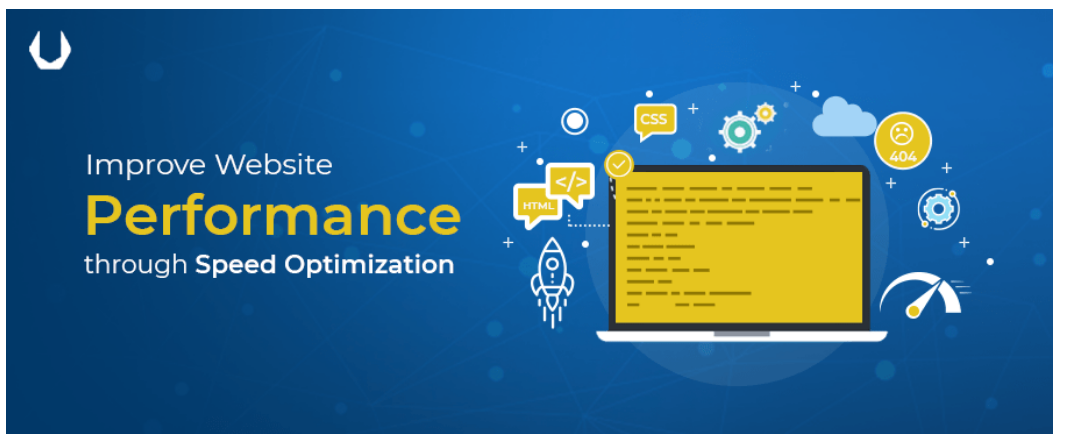In this article, we’ll talk about how to optimize your WordPress site using 9 steps and the Yoast SEO plugin.
If you have a WordPress site, then you have probably heard or even use the Yoast SEO plugin. It is a popular plugin among WordPress users: it has been installed over 8 million times. According to the authors, it is not difficult to install the plugin on the site and you will receive only advantages from using the plugin. This is a quick way to optimize WordPress sites. Below are 9 steps to optimize your WordPress site:
PAY ATTENTION TO THE MAIN PAGE OF THE SITE
As a rule, the home page of the site is the most visited. Make sure that it matches the user’s request, and that he can easily find the section he needs, a specific page, or, as requested, will be redirected to the desired part of the home page without the need for scrolling.
To optimize your site on WP, list the best selling products (Bestsellers) or USP of your product / service on the home page so that the visitor understands that your product / service is what he needs.
CHECK YOUR CALL-TO-ACTION
In the first step, the page, no… every page on the site should contain a clear call-to-action. Think about what you want from the user on a particular page. What must he do to achieve your goal? Write texts in plain language, trying to avoid professional terms.
In the call, try to answer the user’s question / request – to solve his problem. For example, call-to-action: “I want to get a personalized discount on …” Remember, the fewer distractions, the more likely the visitor will respond with the appropriate action to your call. Don’t go overboard with details and visuals, keep potential customers’ attention on call-to-action. So, if necessary, add a separate line with a detailed description of the product. But avoid colored elements, icons, and other details around the call to action. Anything that distracts users leads to fewer clicks.
OPTIMIZE IMAGES
A very broad statement, but true. For a better understanding, we offer several ways to optimize images to reduce their size in order to improve (increase) loading speed of a site created with WordPress by SEO company. Not only for mobile devices, but also for the desktop version. We recommend using:
Descriptive filenames, such as not “DSC001.jpg” but “beautiful-sunset-in-dresden.jpg”
Don’t crop images using CSS or HTML! Download already in the required resolution.
Size-optimized images (e.g. JPEGMini)
Don’t add unnecessary images. Answer the question, what purpose does this image serve? The illustration should support / complement the description. In addition, it should not create additional load on the server and take up extra space on the hosting WordPress site. In other words, always optimize the loading of visible content. However, you need to optimize all possible elements, including CSS.
REMOVE “FALSE” ELEMENTS
One of the things that people ignore when optimizing a WP site and don’t think about it before starting a blog is that ambiguous (false) elements can ruin the page. If you are using an unfinished WordPress site template (even if it is an SEO optimized theme), you have an element on the page that looks like a footer but is not, then visitors may misinterpret it and stop scrolling down the page. If the call to action is below this element, then you are likely to lose a certain number of customers due to this design.
CHECK THE META DESCRIPTIONS.
Meta descriptions are not used by search engines for SEO, but they briefly and succinctly describe what the user will receive by clicking on one or another link. Recently, Google doubled the number of acceptable characters for meta descriptions to 320 characters and the authors of the article immediately began testing how to use this change to optimize a website on WP.
Now it’s your turn. Analyze current links with Google for a specific page throughout the week. Then adapt them to the 320 character limit and see what changes. Your meta descriptions are an invitation to the site, which means they should be optimized.
MAKE SURE YOU HAVE A MOBILE VERSION OF THE SITE
Google prioritizes mobile site indexing. So make sure your site has a mobile or mobile-friendly version if you want to be higher in the search results.
Navigation should be fast and all links on your site should be easily accessible. Use Google’s Mobile Friendly Checkout to optimize your WordPress site.
USE THE INTERNAL SITE SEARCH
You have an internal search on your site, but you don’t use it, right? Every WordPress site has internal search functionality. Just add? S = test at the end of your homepage url and voila! Use this search to optimize your WP site. Make sure that search is available to visitors and check what they are looking for (in Google Analytics, this is Behavior> Site Search> Search Terms)
The words and phrases you find there are what your visitors want to know but can’t find right away. Add a page or post these terms, optimize this page with the Yoast SEO plugin and rank on Google for those terms. Now all these visitors will be redirected to the desired page of the site directly from the search engine, thanks to the site optimization you have carried out.
CUSTOMIZE CORNER STONES
Above we talked about content and now let’s talk a little about the structure of the site. If the settings are correct, then the site has a certain number of pages with “cornerstone content”, ie. main pages on a specific topic. On all other pages where this topic is mentioned, link to this content. This setting helps search engines understand that this is the main page for this topic and they will give it more weight. This is how it can be optimized on a WP site.
Adding internal links is easy. Search the site for the topic you want. type site: example.com keyword into Google and see what it returns. The “cornerstone content” page of your site with the keyword should come first, and below there should be other pages matching the keyword. Make sure that 5 or 6 links lead to a page where there is a link in the text to the main content on a given topic. Yoast SEO Premium also has a built-in internal link building tool.
MAKE SURE THE SITE IS DYNAMIC
All over the world it is understood that a dynamic site ranks better than a static one. If a site was last updated in 2014, Google will assume that you are no longer using the site. Today, making a WP website dynamic is not difficult at all. Add a blog, then publish. Ask someone to write a custom comment on the post, or open an old post on your long-forgotten blog, update the content, and republish.
Or hire a copywriter to write content. For reasonable money, your WP-optimized site can become a marketing tool and generate content for social media. Record videos, create blogs. Enjoy the increase in traffic and find more and more pleasure in educating and informing your visitors.
Finally, we add that by following these steps, you will make your site more attractive to both Google





